Patterns
The life of a human being, perhaps 100 years, can be considered as a day when compared with eternity. Therefore, we mortals are no more than simple travelers who pass by the eternal years of an eon in a day. It is evident that no one can live more than a limited amount of time. Nevertheless, most people foolishly enslave themselves to materialism as if they could live for thousands of years. And some people strive to bequeath a good spiritual legacy for coming generations, in this way, gaining immortality. Obviously, the spirit is perpetual while material is not. Therefore, what we can do to leave behind something for the welfare of mankind is, perhaps, the most important thing in our lives. Here I leave Taekwon-Do for mankind as a trace of man of the late 20th century. The 24 patterns represent 24 hours, one day, or all my life. — General Choi Hong Hi, Founder of Taekwon-Do
More Than a Set of Techniques
Each pattern/form is symbolic of either heroic figures in Korean history or instances relating to historical events. This is reflected one of the many aspects including the name of the pattern, the number of movements, or the diagrammatic symbol of each pattern. Generally you have a “high form” and “low form” for your rank. Click on the pattern name for a list of steps (currently adding more so all are linked!)
| Name/Moves | Meaning | Diagram | Level | |
| CHON-JI
19 Moves |
means literally “the Heaven the Earth”. It is, in the Orient, interpreted as the creation of the world or the beginning of human history, therefore, it is the initial pattern played by the beginner. This pattern consists of two similar parts; one to represent the Heaven and the other the Earth. | 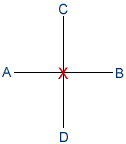 |
 |
9th Gup |
| DAN-GUN
21 Moves |
is named after the holy Dan-Gun, the legendary founder of Korea in the year of 2333 B.C. | 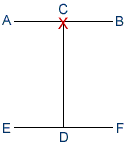 |
 |
8th Gup |
| DO-SAN
24 Moves |
is the pseudonym of the patriot Ahn Chang-Ho (1876-1938). The 24 movements represent his entire life which he devoted to furthering the education of Korea and its independence movement. |  |
 |
7th Gup |
| WON-HYO
28 Moves |
was the noted monk who introduced Buddhism to the Silla Dynasty in the year of 686 A.D. | 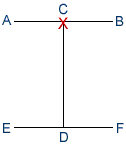 |
 |
6th Gup |
| YUL-GOK
38 Moves |
is the pseudonym of a great philosopher and scholar Yi I (1536-1584) nicknamed the “Confucius of Korea”. The 38 movements of this pattern refer to his birthplace on 38o latitude and the diagram represents “scholar”. | 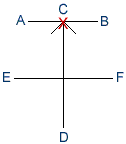 |
 |
5th Gup |
| JOONG-GUN
32 Moves |
is named after the patriot Ahn Joong-Gun who assassinated Hiro-Bumi Ito, the first Japanese governor-general of Korea, known as the man who played the leading part in the Korea- Japan merger. There are 32 movements in this pattern to represent Mr. Ahn’s age when he was executed at Lui-Shung prison (1910). | 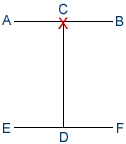 |
 |
4th Gup |
| TOI-GYE
37 Moves |
is the pen name of the noted scholar Yi Hwang (16th century), an authority on neo-Confucianism. The 37 movements of the pattern refer to his birthplace on 37o latitude, the diagram represents “scholar”. | 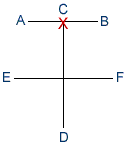 |
 |
3rd Gup |
| HWA-RANG
29 Moves |
is named after the Hwa-Rang youth group which originated in the Silla Dynasty in the early 7th century. The 29 movements refer to the 29th Infantry Division, where Taekwon-Do developed into maturity.
The meaning of this pattern sometimes causes confusion as it refers to two time periods, the Hwa-Rang youth group of the 7th century and the Korean 29th Infantry Division formed by General Choi in 1953. |
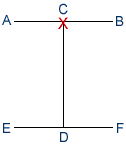 |
 |
2nd Gup |
| CHOONG-MOO
30 Moves |
was the name given to the great Admiral Yi Soon-Sin of the Lee Dynasty. He was reputed to have invented the first armoured battleship (Kobukson) in 1592, which is said to be the precursor of the present day submarine. The reason why this pattern ends with a left hand attack is to symbolize his regrettable death, having no chance to show his unrestrained potentiality checked by the forced reservation of his loyalty to the king. | 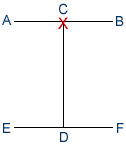 |
 |
1st Gup |
| KWANG-GAE
39 Moves |
Is named after the famous Kwang-Gae-Toh-Wang, the 19th King of the Koguryo Dynasty, who regained all the lost territories including the greater part of Manchuria. The diagram (+) represents the expansion and recovery of lost territory. The 39 movements refer to the first two figures of 391 A.D., the year he came to the throne. | 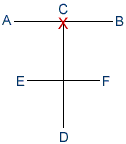 |
 |
1st Dan |
| PO-EUN
36 Moves |
is the pseudonym of a loyal subject Chong Mong-Chu (1400) who was a famous poet and whose poem “I would not serve a second master though I might be crucified a hundred times” is known to every Korean. He was also a pioneer in the field of physics. The diagram ( – ) represents his unerring loyalty to the king and country towards the end of the Koryo Dynasty. |  |
 |
1st Dan |
| GE-BAEK
44 Moves |
is named after Ge-Baek, a great general in the Baek Je Dynasty (660 A.D.). The diagram ( | ) represents his severe and strict military discipline. | 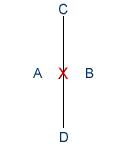 |
 |
1st Dan |
